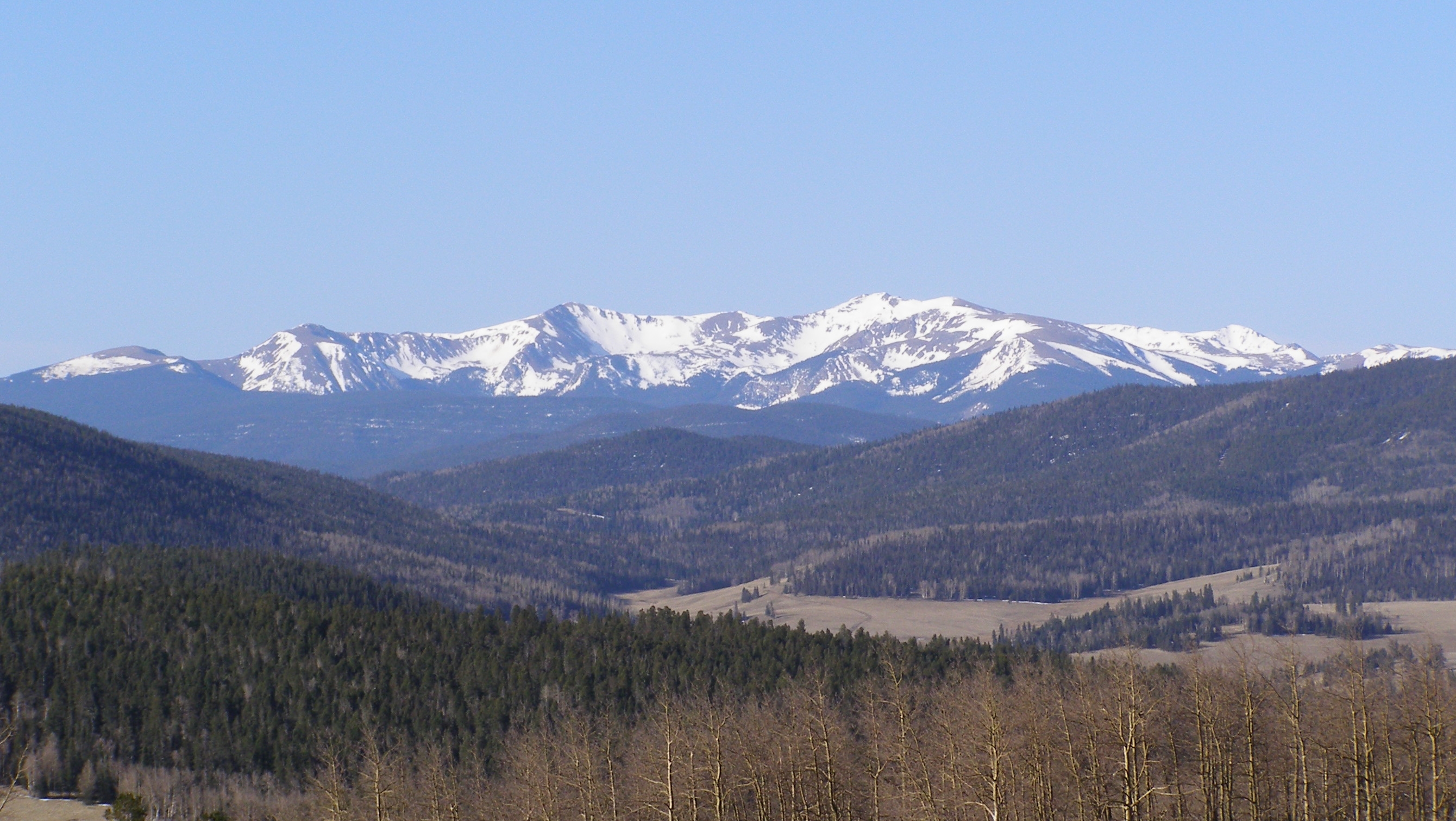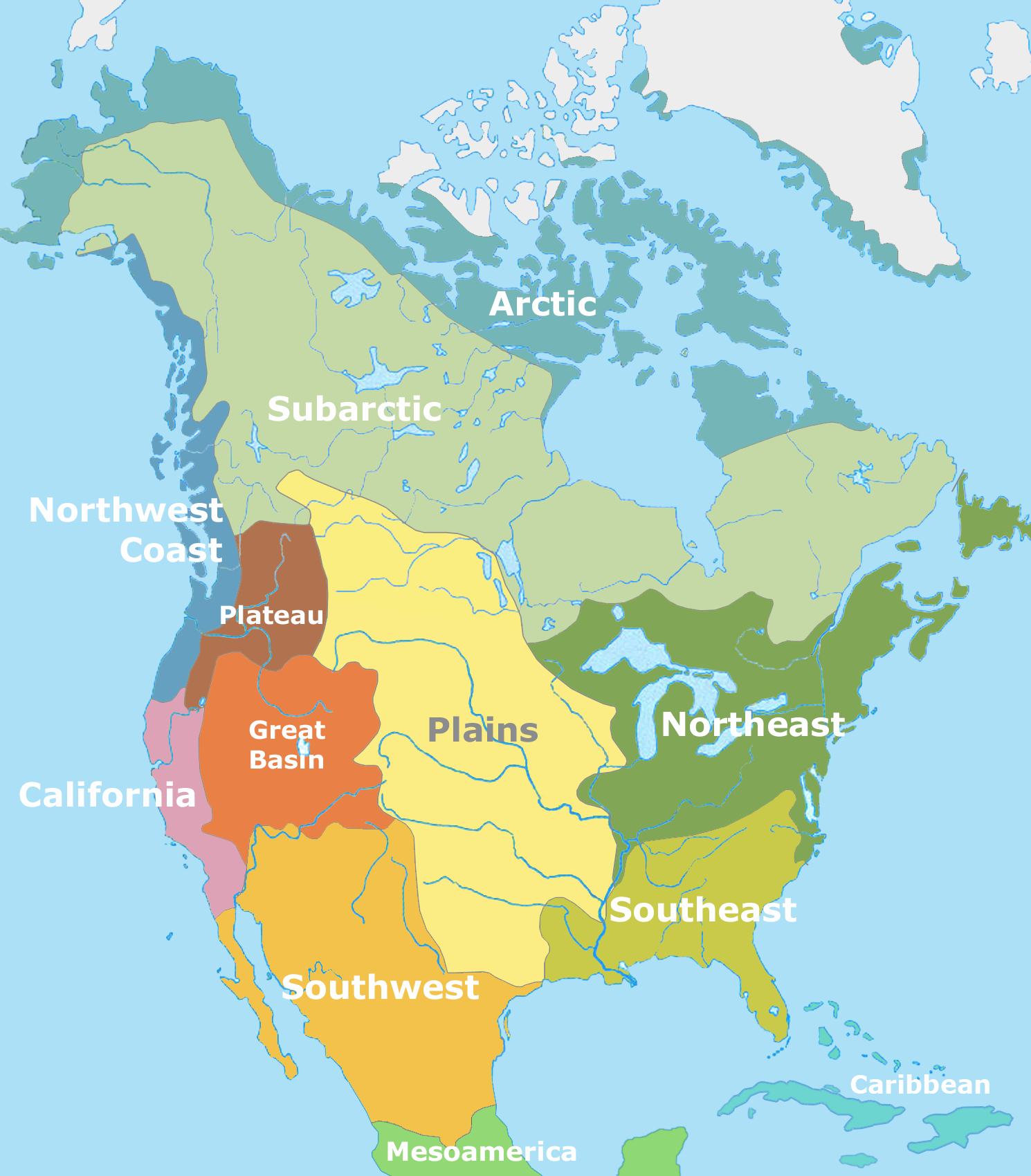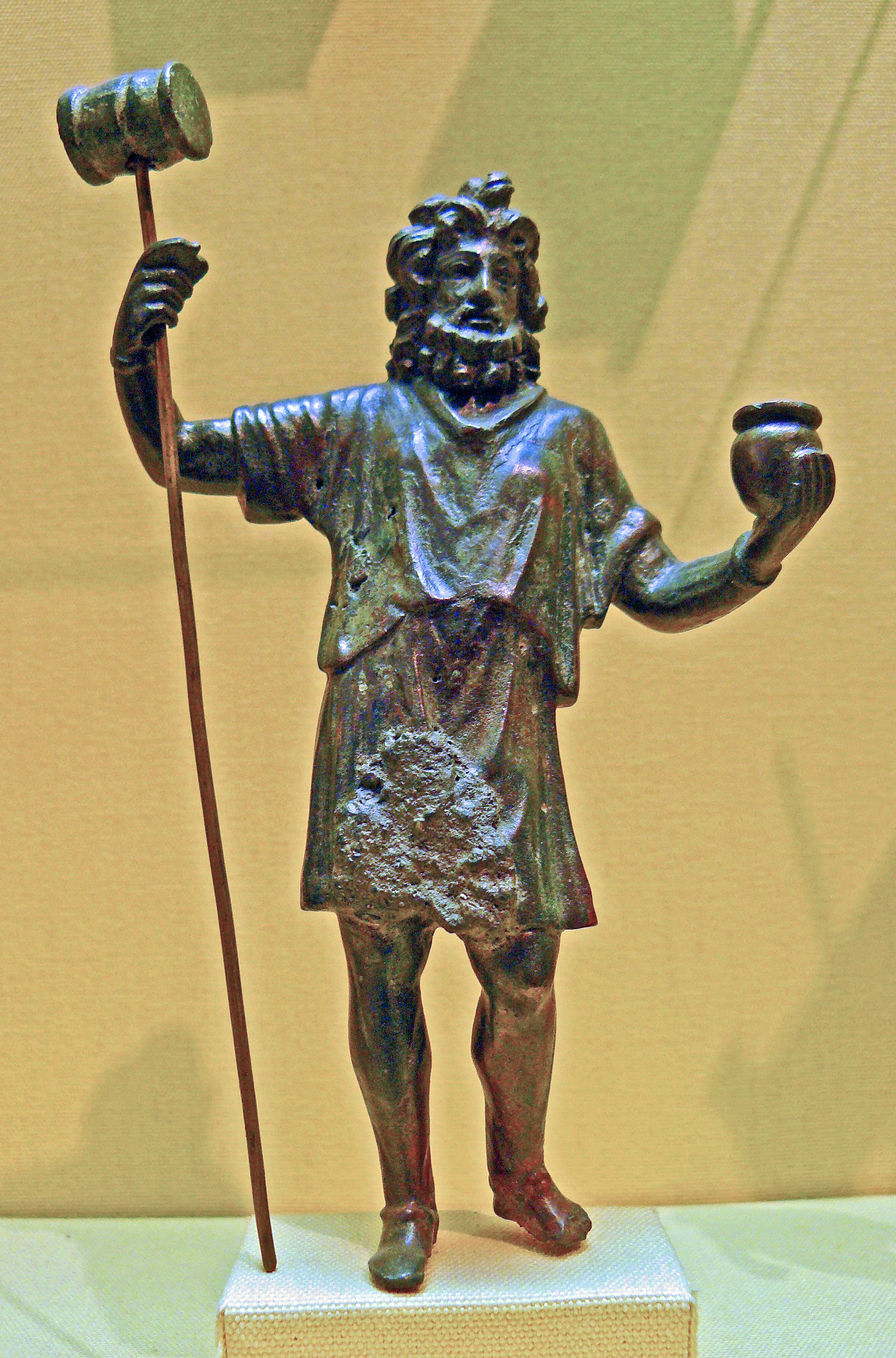|
Olla
An olla is a ceramic jar, often unglazed, used for cooking stews or soups, for the storage of water or dry foods, or for other purposes like the irrigation of olive trees. ''Ollas'' have short wide necks and wider bellies, resembling beanpots or South Asian '' matki''. History Antiquity The Latin word ''olla'' or ''aulla'' (also ''aula'') meant a very similar type of pot in Ancient Roman pottery, used for cooking and storage as well as a funerary urn to hold the ashes from cremation of bodies. Later, in Celtic Gaul, the olla became a symbol of the god '' Sucellus'', who reigned over agriculture. Spain In Spain, the popular dish '' olla podrida'' (literally “rotten pot”), cooked in an ''olla'', dates back to the Middle Ages. Catalonia In certain areas of the Pyrenees in Catalonia a type of ''olla'', known locally as ''tupí'', is used as container for the preparation of '' tupí'', a certain type of cheese. American Southwest The Spanish settlers may have introdu ... [...More Info...] [...Related Items...] OR: [Wikipedia] [Google] [Baidu] |
South Asian
South Asia is the southern Subregion#Asia, subregion of Asia that is defined in both geographical and Ethnicity, ethnic-Culture, cultural terms. South Asia, with a population of 2.04 billion, contains a quarter (25%) of the world's population. As commonly conceptualised, the modern State (polity), states of South Asia include Bangladesh, Bhutan, India, the Maldives, Nepal, Pakistan, and Sri Lanka, with Afghanistan also often included, which may otherwise be classified as part of Central Asia. South Asia borders East Asia to the northeast, Central Asia to the northwest, West Asia to the west and Southeast Asia to the east. Apart from Southeast Asia, Littoral South Asia, Maritime South Asia is the only subregion of Asia that lies partly within the Southern Hemisphere. The British Indian Ocean Territory and two out of Atolls of Maldives, 26 atolls of the Maldives in South Asia lie entirely within the Southern Hemisphere. Topographically, it is dominated by the Indian subcontinent ... [...More Info...] [...Related Items...] OR: [Wikipedia] [Google] [Baidu] |
New Mexico
New Mexico is a state in the Southwestern United States, Southwestern region of the United States. It is one of the Mountain States of the southern Rocky Mountains, sharing the Four Corners region with Utah, Colorado, and Arizona. It also borders the state of Texas to the east and southeast, Oklahoma to the northeast, and shares Mexico-United States border, an international border with the Mexican states of Chihuahua (state), Chihuahua and Sonora to the south. New Mexico's largest city is Albuquerque, and its List of capitals in the United States, state capital is Santa Fe, New Mexico, Santa Fe, the oldest state capital in the U.S., founded in 1610 as the government seat of Santa Fe de Nuevo México, Nuevo México in New Spain. It also has the highest elevation of any state capital, at . New Mexico is the List of U.S. states and territories by area, fifth-largest of the fifty states by area, but with just over 2.1 million residents, ranks List of U.S. states and terri ... [...More Info...] [...Related Items...] OR: [Wikipedia] [Google] [Baidu] |
Spain
Spain, or the Kingdom of Spain, is a country in Southern Europe, Southern and Western Europe with territories in North Africa. Featuring the Punta de Tarifa, southernmost point of continental Europe, it is the largest country in Southern Europe and the fourth-most populous European Union member state. Spanning across the majority of the Iberian Peninsula, its territory also includes the Canary Islands, in the Eastern Atlantic Ocean, the Balearic Islands, in the Western Mediterranean Sea, and the Autonomous communities of Spain#Autonomous cities, autonomous cities of Ceuta and Melilla, in mainland Africa. Peninsular Spain is bordered to the north by France, Andorra, and the Bay of Biscay; to the east and south by the Mediterranean Sea and Gibraltar; and to the west by Portugal and the Atlantic Ocean. Spain's capital and List of largest cities in Spain, largest city is Madrid, and other major List of metropolitan areas in Spain, urban areas include Barcelona, Valencia, Seville, ... [...More Info...] [...Related Items...] OR: [Wikipedia] [Google] [Baidu] |
Middle Ages
In the history of Europe, the Middle Ages or medieval period lasted approximately from the 5th to the late 15th centuries, similarly to the post-classical period of global history. It began with the fall of the Western Roman Empire and transitioned into the Renaissance and the Age of Discovery. The Middle Ages is the middle period of the three traditional divisions of Western history: classical antiquity, the medieval period, and the modern period. The medieval period is itself subdivided into the Early, High, and Late Middle Ages. Population decline, counterurbanisation, the collapse of centralised authority, invasions, and mass migrations of tribes, which had begun in late antiquity, continued into the Early Middle Ages. The large-scale movements of the Migration Period, including various Germanic peoples, formed new kingdoms in what remained of the Western Roman Empire. In the 7th century, North Africa and the Middle East—once part of the Byzantine Empire� ... [...More Info...] [...Related Items...] OR: [Wikipedia] [Google] [Baidu] |
Indigenous Peoples Of The Americas
In the Americas, Indigenous peoples comprise the two continents' pre-Columbian inhabitants, as well as the ethnic groups that identify with them in the 15th century, as well as the ethnic groups that identify with the pre-Columbian population of the Americas as such. These populations exhibit significant diversity; some Indigenous peoples were historically hunter-gatherers, while others practiced agriculture and aquaculture. Various Indigenous societies developed complex social structures, including pre-contact monumental architecture, organized city, cities, city-states, chiefdoms, state (polity), states, monarchy, kingdoms, republics, confederation, confederacies, and empires. These societies possessed varying levels of knowledge in fields such as Pre-Columbian engineering in the Americas, engineering, Pre-Columbian architecture, architecture, mathematics, astronomy, History of writing, writing, physics, medicine, Pre-Columbian agriculture, agriculture, irrigation, geology, minin ... [...More Info...] [...Related Items...] OR: [Wikipedia] [Google] [Baidu] |
Catalonia
Catalonia is an autonomous community of Spain, designated as a ''nationalities and regions of Spain, nationality'' by its Statute of Autonomy of Catalonia of 2006, Statute of Autonomy. Most of its territory (except the Val d'Aran) is situated on the northeast of the Iberian Peninsula, to the south of the Pyrenees mountain range. Catalonia is administratively divided into four Provinces of Spain, provinces or eight Vegueries of Catalonia, ''vegueries'' (regions), which are in turn divided into 43 Comarques of Catalonia, ''comarques''. The capital and largest city, Barcelona, is the second-most populous Municipalities in Spain, municipality in Spain and the fifth-most populous List of metropolitan areas in Europe, urban area in the European Union. > > > ''Catalonia'' theoretically derived. During the Middle Ages, Byzantine Empire, Byzantine chroniclers claimed that ''Catalania'' derives from the local medley of Goths with Alans, initially constituting a ''Goth-Alania''. Othe ... [...More Info...] [...Related Items...] OR: [Wikipedia] [Google] [Baidu] |
Olla Podrida
(, also , , ; literally "rotten pot", although ''podrida'' is probably a version of the original word ''poderida'', so it could be translated as "strong pot") is a Spanish stew, usually made with chickpeas or beans, assorted meats like pork, beef, bacon, partridge, chicken, ham, and sausage, and vegetables such as carrots, leeks, cabbage, potatoes, and onions. The meal is traditionally prepared in a clay pot over several hours. It is eaten as a main course, sometimes as a single dish, and sometimes with ingredients separated (i.e., meats from the rest or liquids from solids). It is a specialty of the city of Burgos. The recipe can be found in ''Opera dell’arte del cucinare'' by Bartolomeo Scappi, the cook of Pope Pius V, published in 1570. This recipe was translated in Dutch by Antonius Magirus for the ''Koock-boeck oft Familieren kevken-boeck'', first published in Leuven in 1612. The word was adapted into English as ''olio'', which the ''Oxford English Dictionary'' define ... [...More Info...] [...Related Items...] OR: [Wikipedia] [Google] [Baidu] |
Spanish Colonization Of The Americas
The Spanish colonization of the Americas began in 1493 on the Caribbean island of Hispaniola (now Haiti and the Dominican Republic) after the initial 1492 voyage of Genoese mariner Christopher Columbus under license from Queen Isabella I of Castile. These overseas territories of the Spanish Empire were under the jurisdiction of Crown of Castile until the last territory was lost in 1898. Spaniards saw the dense populations of Indigenous peoples as an important economic resource and the territory claimed as potentially producing great wealth for individual Spaniards and the crown. Religion played an important role in the Spanish conquest and incorporation of indigenous peoples, bringing them into the Catholic Church peacefully or by force. The crown created civil and religious structures to administer the vast territory. Spanish men and women settled in greatest numbers where there were dense indigenous populations and the existence of valuable resources for extraction. The Spa ... [...More Info...] [...Related Items...] OR: [Wikipedia] [Google] [Baidu] |
Mission Indians
Mission Indians was a term used to refer to the Indigenous peoples of California who lived or grew up in the Spanish mission system in California. Today the term is used to refer to their descendants and to specific, contemporary tribal nations in California. History Spanish explorers arrived on California's coasts as early as the mid-16th century. In 1769, the first Spanish Franciscan mission was built in San Diego. Local tribes were relocated and conscripted into forced labor on the mission, stretching from San Diego to San Francisco. Disease, starvation, excessive physical labor, and torture decimated these tribes.Pritzker, 114 Many were baptized as Catholics by the Franciscan missionaries at the missions. Mission Indians were from many regional Native American tribes; their members were often relocated together in new mixed groups, and the Spanish named the Indian groups after the responsible mission. For instance, the Payomkowishum were renamed '' Luiseños'', after ... [...More Info...] [...Related Items...] OR: [Wikipedia] [Google] [Baidu] |
Native Americans In The United States
Native Americans (also called American Indians, First Americans, or Indigenous Americans) are the Indigenous peoples of the Americas, Indigenous peoples of the United States, particularly of the Contiguous United States, lower 48 states and Alaska. They may also include any Americans whose origins lie in any of the indigenous peoples of North or South America. The United States Census Bureau publishes data about "American Indians and Alaska Natives", whom it defines as anyone "having origins in any of the original peoples of North and South America ... and who maintains tribal affiliation or community attachment". The census does not, however, enumerate "Native Americans" as such, noting that the latter term can encompass a broader set of groups, e.g. Native Hawaiians, which it tabulates separately. The European colonization of the Americas from 1492 resulted in a Population history of Indigenous peoples of the Americas, precipitous decline in the size of the Native American ... [...More Info...] [...Related Items...] OR: [Wikipedia] [Google] [Baidu] |
Sucellus
In Gallo-Roman religion, Sucellus or Sucellos () was a god shown carrying a large mallet (or hammer) and an ''olla'' (or barrel). Originally a Celtic god, his cult flourished not only among Gallo-Romans, but also to some extent among the neighbouring peoples of Raetia and Britain. He has been associated with agriculture and wine, particularly in the territory of the Aedui. Sculptures He is usually portrayed as a middle-aged bearded man wearing a wolf-skin, with a long-handled hammer, or perhaps a beer barrel suspended from a pole. His companion Nantosuelta is sometimes depicted alongside him. When together, they are accompanied by symbols associated with prosperity and domesticity. In a well-known relief from Sarrebourg, near Metz, Nantosuelta, wearing a long gown, is standing to the left. In her left hand she holds a small house-shaped object with two circular holes and a peaked roof – perhaps a dovecote – on a long pole. Her right hand holds a patera which she is tipp ... [...More Info...] [...Related Items...] OR: [Wikipedia] [Google] [Baidu] |
Ceramic
A ceramic is any of the various hard, brittle, heat-resistant, and corrosion-resistant materials made by shaping and then firing an inorganic, nonmetallic material, such as clay, at a high temperature. Common examples are earthenware, porcelain, and brick. The earliest ceramics made by humans were fired clay bricks used for building house walls and other structures. Other pottery objects such as pots, vessels, vases and figurines were made from clay, either by itself or mixed with other materials like silica, hardened by sintering in fire. Later, ceramics were glazed and fired to create smooth, colored surfaces, decreasing porosity through the use of glassy, amorphous ceramic coatings on top of the crystalline ceramic substrates. Ceramics now include domestic, industrial, and building products, as well as a wide range of materials developed for use in advanced ceramic engineering, such as semiconductors. The word '' ceramic'' comes from the Ancient Greek word (), meaning ... [...More Info...] [...Related Items...] OR: [Wikipedia] [Google] [Baidu] |







